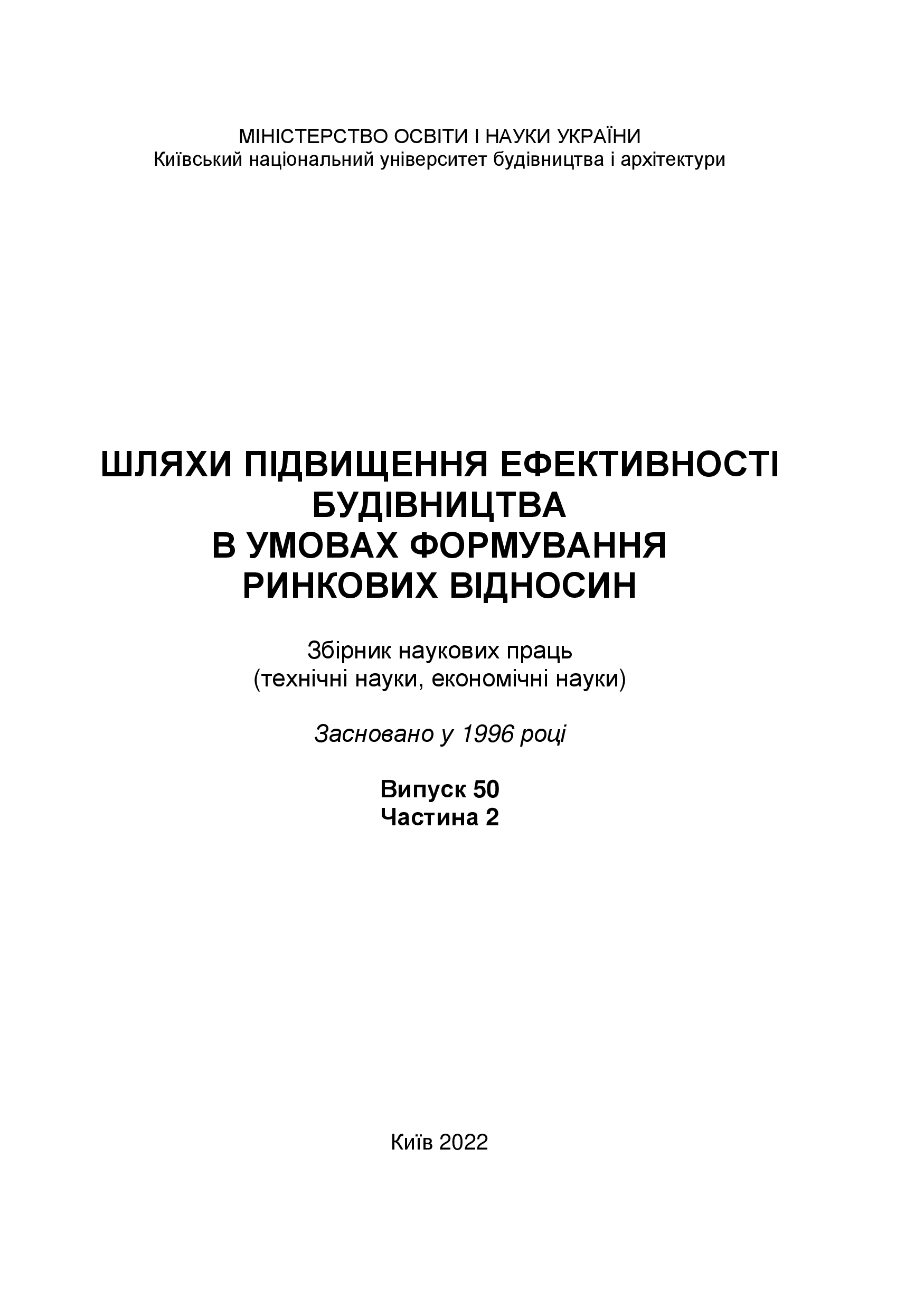Сonceptual basis for building a base of models for determining the value of a construction company's information assets
DOI:
https://doi.org/10.32347/2707-501x.2022.50(2).3-11Keywords:
information and communication technologies, information asset value, decision support system, model base, alternative and scenario modelingAbstract
An actual area of research in the field of increasing the effectiveness of the functioning of modern information and communication technologies (ICT) is the principles and methods of establishing the value of information assets (IA) in order to effectively choose means of their protection.
The object of research of this work is the decision support system (DSPR) for establishing the value of the information asset of the information and communication technologies of the construction company.
The purpose of the study is to determine the conceptual foundations of building a base of system models, which would allow creating a flexible dynamic decision support system for the implementation of decision-making processes, having a flexible structure that provides for the possibility of implementing alternative scenarios (options) for establishing the value of information assets.
The principles and conceptual foundations of building a base of models, a decision-making support system with a flexible structure, configured for the possibility of implementing alternative scenarios of expert evaluation, depending on the degree of certainty and availability of data, are proposed. As a conceptual basis, the structure of the model base, alternative and scenario modeling of decision-making processes, a classifier of scenario formation conditions, a database of models in the form of a class diagram, a multivariate process model of information technology for establishing the value of information assets in the form of a set of hierarchical process models of alternative network modeling are considered.
In the proposed approach, increasing the probability of the obtained results is achieved due to the fact that the user is given the opportunity to choose the most appropriate and effective evaluation scenario, taking into account the goals and objectives of the evaluation, the availability and degree of certainty of the basic data, the existing resource, time and information limitations when making decisions.
References
Izmailova O., Krasovska H., Krasovska K., Zaslavskyi V. Assessing the Variety of Expected Losses upon the Materialisation of Threats to Banking Information , 2020. vol. 45, р. 89-118 https://doi.org/10.11610/isij.450
Kozhedub Yurii. Implementation of a process approach to information security risk management in documents NIST P-ISSN 2411-1031. Information Technology and Security,2017. 2(9), рр. 76–89..
Barybin Oleksii Methodology of testing for the penetration of the website of higher education institute. Standartyzatsiia, sertyfikatsiia, yakist. Systemy upravlinnia, 2019. № 4(116), Рр. 12–18.
Ізмайлова О., Красовська Г. Модуль оцінки очікуваних втрат в системі управління ризиками інформаційної безпеки будівельної компанії. Шляхи підвищення ефективності будівництва в умовах формування ринкових відносин», 2022, т.1, С. 81-92.
Корченко О.Г., Казмірчук С.В., Ахметов Б.Б., Прикладні системи оцінювання ризиків інформаційної безпеки. Монографія, Київ, ЦП «Компринт», 2017. 435 с.
Khlaponin, Y., Izmailova, O., Qasim, N.H., Krasovska, H., Krasovska, K. Management risks of dependence on key employees: Identification of personnel. CEUR Workshop Proceedings, 2021, 2923, стр. 295–308.
Красовска Г.В. Ізмайлова О.В. Підхід до побудови відкритої бази моделей СППР по оцінці інвестиційних проектів техногенної безпеки. Управління розвитком складних систем. 2018. №33. С. 118-124.
Гожий А. П., Коваленко И. И. Системные технологии генерации и анализа сценариев. Автоматика. Автоматизація. Електротехнічні комплекси та системи. 2005. № 2. С. 89-96.
Downloads
Published
How to Cite
Issue
Section
License

This work is licensed under a Creative Commons Attribution 4.0 International License.
Authors who publish with this journal agree to the following terms:
- Authors retain copyright and grant the journal right of first publication with the work simultaneously licensed under a Creative Commons Attribution License that allows others to share the work with an acknowledgement of the work's authorship and initial publication in this journal.
- Authors are able to enter into separate, additional contractual arrangements for the non-exclusive distribution of the journal's published version of the work (e.g., post it to an institutional repository or publish it in a book), with an acknowledgement of its initial publication in this journal.
- Authors are permitted and encouraged to post their work online (e.g., in institutional repositories or on their website) prior to and during the submission process, as it can lead to productive exchanges, as well as earlier and greater citation of published work (See The Effect of Open Access).

